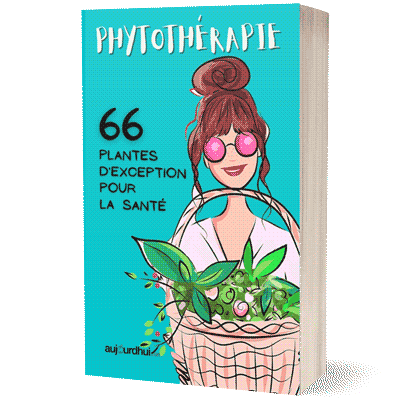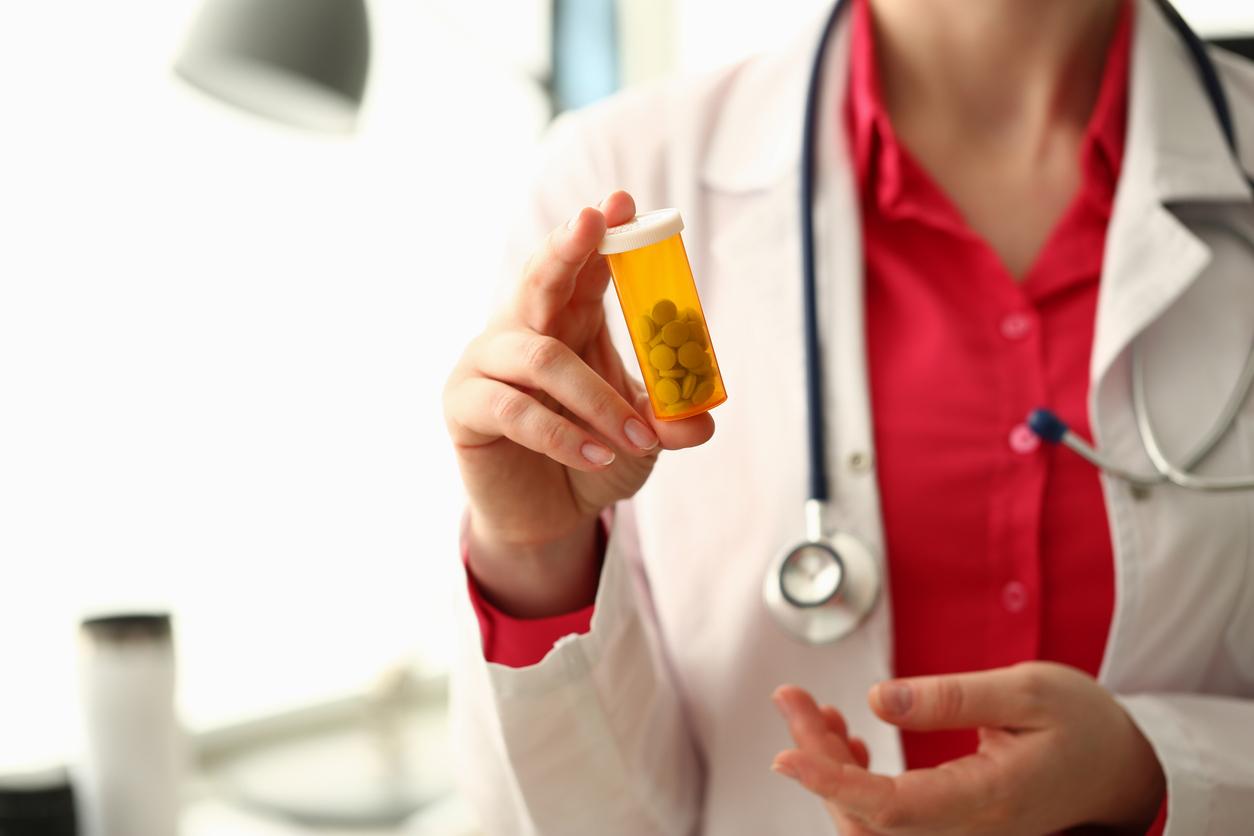What is lady’s mantle?
The common lady’s mantle or lady’s mantle, is a plant of the Rosaceae family. It can be recognized by its green stem with shades of red and its large round accordion-shaped leaves, which collect the drops of rosé (in reality, it is water excreted by the leaves).
This perennial plant, which can reach 90 cm in height, is found in the mountains of Europe, America and Asia.
The lady’s mantle has several nicknames: Since the Middle Ages, it has been called “alchemists plant“, because the alchemists collected the morning dew from the hollow of its leaves, considered as “celestial water” resulting from the condensation of the effluvia circulating between the terrestrial and the celestial, this “ingredient” was used to prepare the philosopher’s stone. same period, it was also named “weed to womens”, because it helps to relieve menstrual pain as well as certain vaginal conditions, such as white discharge. During the Renaissance, the lady’s mantle was more often nicknamed “ladies coat“, because it would beautify the breasts and give new virginity.
What are the properties of lady’s mantle?
We usually use lady’s mantle leaves because they have several health benefits:
- They have astringent properties (they contain 8% of tannins), which help tighten the tissues and mucous membranes, this plant also has anti-inflammatory properties.
- Lady’s mantle is used in particular to treat certain gynecological conditions, to relieve premenstrual syndrome and certain symptoms related to premenopause and menopause. The leaves of lady’s mantle are reputed to act on heavy discharge in women and bleeding in general.
- They act on the pituitary gland in the brain, which helps regulate hormonethanks to its action close to progesterone (which also allows it to help normalize an irregular cycle).
- Lady’s mantle leaves are also useful for healthy muscles and joints.
- They relieve digestive disorders, especially in case of diarrhea.
- They act on infections of the mouth and throat thanks to their anti-inflammatory properties.
How to eat lady’s mantle?
It is possible to use lady’s mantle in several ways to obtain optimal effectiveness on different ailments:
- In infusion to drink: this is the most common use of lady’s mantle, to relieve gynecological disorders, stomach aches and diarrhea. Use 30 g of the dry aerial parts per liter of water, and drink 2 to 4 cups a day depending on the situation.
- As an infusion for a mouthwash : it is advisable to practice a gargle in case of infection of the mouth or throat.
- In the form of crushed leaves: to be applied to a wound to promote its healing.
- In the form of mother tincture: to relieve symptoms associated with menstruation or menopause.
- In a sitz bath or simply mixed with bath water (in case of heaviness in the legs for example). In this case, the dosage is 50 g of dried aerial parts infused in one liter of water.
What parts of the plant are used?
The aerial parts, in particular the leaves without their petiole.
What are the contraindications of lady’s mantle?
- The consumption of lady’s mantle is strongly discouraged for pregnant women, on hormonal contraceptives, with a history or a predisposition to hormone-dependent cancers.
- It is also necessary to avoid consuming this plant in case of ulcer or gastritis.
- The tannins contained in lady’s mantle can also slow down the proper digestive absorption of nutrients and drugs. It must therefore be consumed outside of meals and away from the times of taking medication.
- Lady’s mantle can finally cause constipation due to its anti-diarrheal properties.
Read also: Spirulina: origins, health benefits, how to use it?Goji berry: what benefits, how to consume it?Rosemary: what benefits, how to use it?Dill (seeds): what benefits, what uses?













